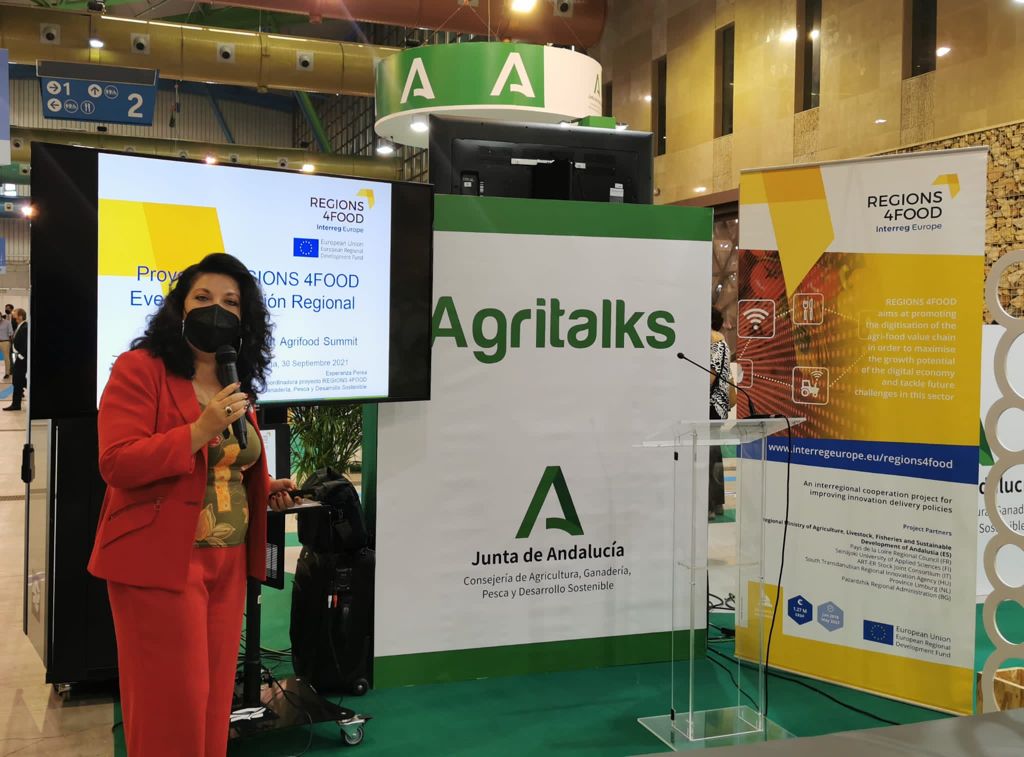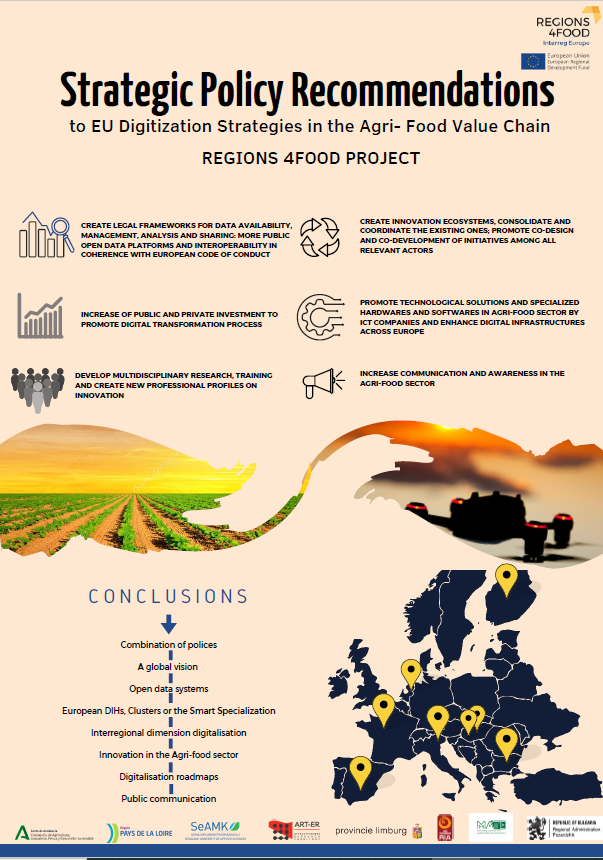On September 29, 2020, the S3P Agrifood on Traceability & Big Data Platform hold a presentation in a form of an online webinar on the topic of “Earth observation using artificial intelligence”. The presentation was given by João Ribau, Head of the Intelligent and Digital Systems R&D Unit at the Portuguese Instituto de Soldadura e Qualidade (ISQ), and Bruno Ferreira, who is also a researcher at this unit at ISQ.
What is Earth observation
At first, they talked about Earth Observation (EO) as a science that collects remote sensing techniques and collect information about the Earth. On the one hand, we can use it to improve our knowledge of planetary interactions, such as physical, biological, chemical, and anthropological interactions. On the other hand, it supports research in areas such as oceanography, agriculture, climatology, meteorology, ecology and the environment, and infrastructure.
About satellite resolution
The next topic was satellite resolution. Three types of that can be distinguished: 1.) spectral resolution, 2.) spatial resolution and 3.) temporal resolution. The different uses of EO were presented on the event with various examples. These include monitoring agricultural use, environmental disasters and human activities. Thanks to the evolution of Earth Observation research, science has reached this level, the first step taken in this field being in 1959, when the Explorer 7 satellite was launched.
Why is it worth using AI?
In the continuation of the webinar, the two experts discussed why it is worth using artificial intelligence (AI). The main reason is that a machine can mimic intelligent human behavior, but is potentially faster and can handle much more information. The first steps in this regard were taken in the 1940s, in parallel with the invention of the computer. Today, AI is already in everyday use, including big data processing, global connectivity, and open source software. The spectrum of AI is constantly expanding and already includes more intelligent systems than automated, assisted, augmented and autonomous intelligent systems. Of course, the risk factor can also be found here, which they try to improve with continuous improvements.
Machine Learning
The last chapter of the presentation focused on Machine Learning (ML). The purpose of ML is to allow machines to learn data without having to specifically program it. They learn categorization, processes, and deep learning that integrates the brain’s biological neural network-inspired algorithms, called Artificial Neural Networks. After that, the Earth observation applications of artificial intelligence were also covered. These include biodiversity, healthy oceans, water security, climate change and clean air. These will allow us to better track the change on our Earth.
The webinar presented many interesting solutions that are useful for the Regions 4Food Interreg Europe project, where the South Transdanubian Regional Innovation Agency takes part in partner capacity.






